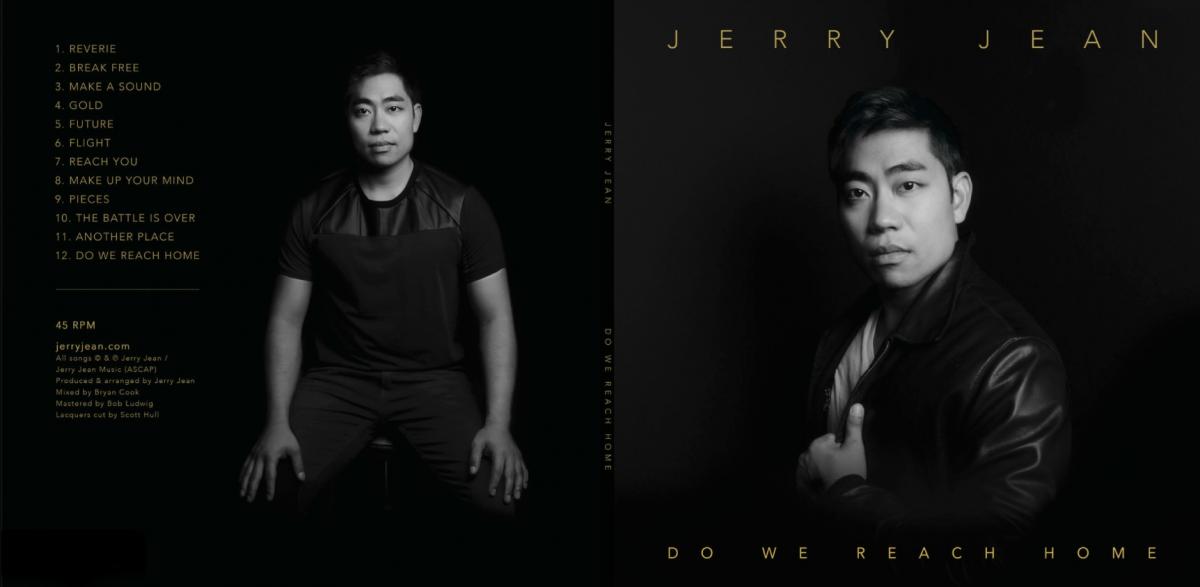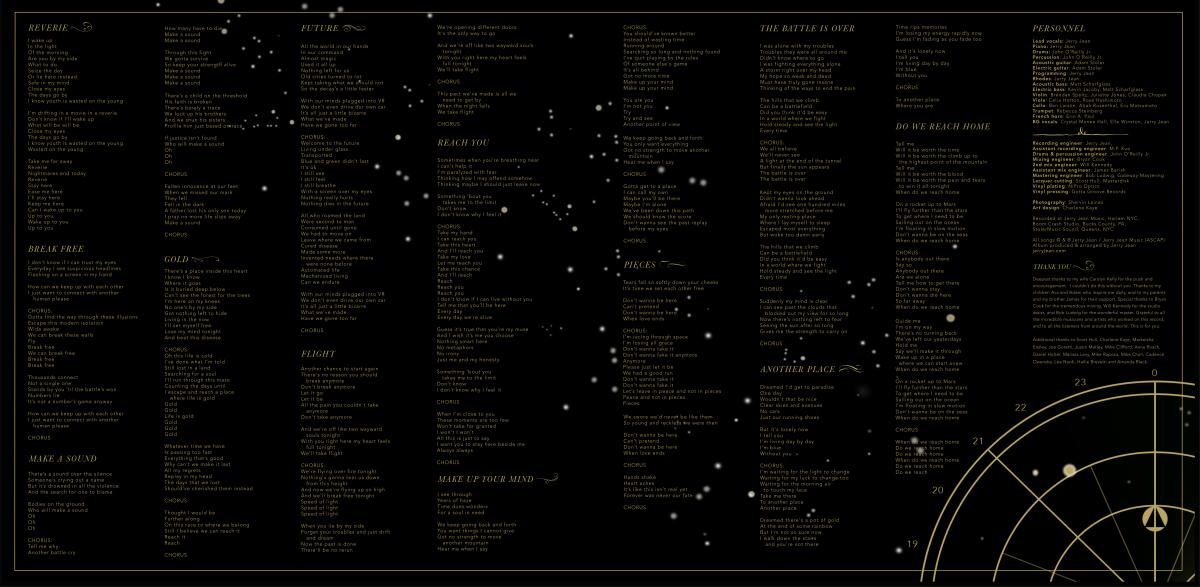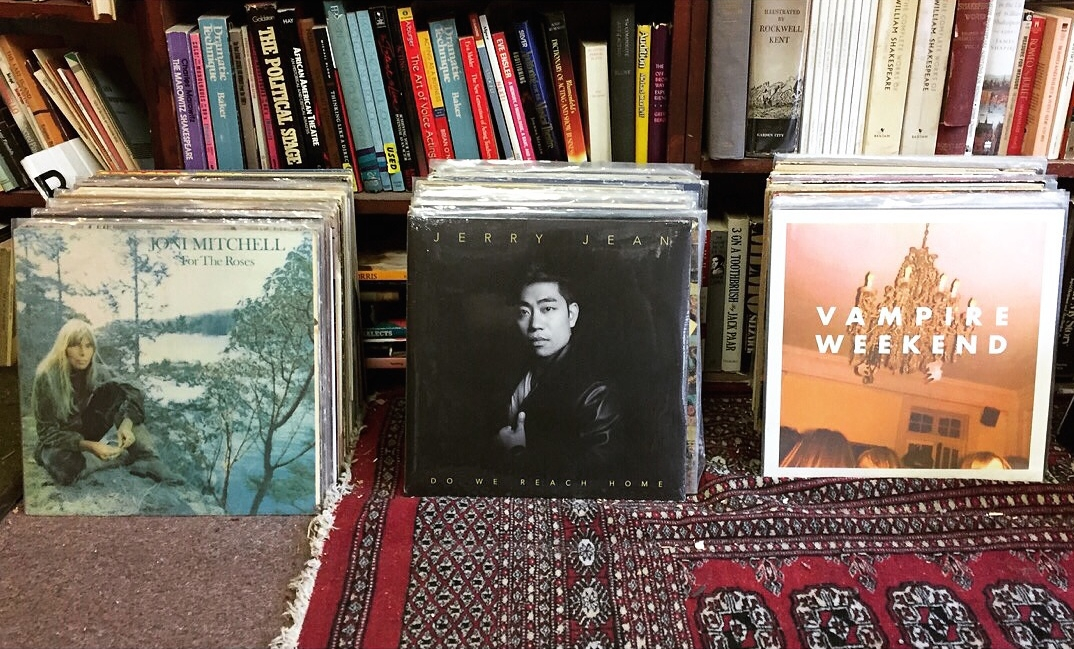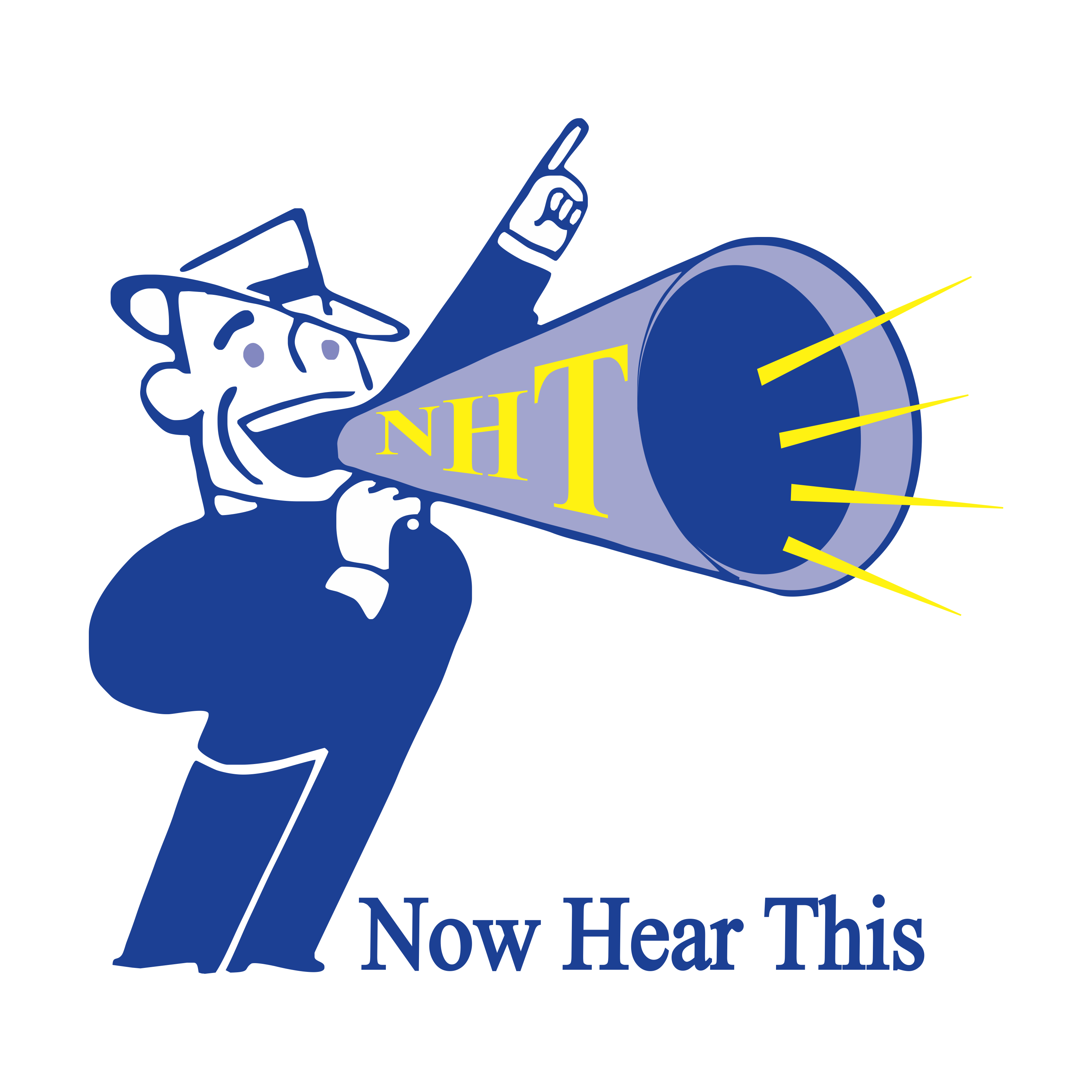New York City-based songwriter, producer, and musician Jerry Jean was the guest on Episode 181 of our weekly show. Among other topics he talked during that interview about the choice to put out his latest release on vinyl. Today he provides a guest blog, taking us through that process.I released my LP, "Do We Reach Home," in a digital age where streaming music is king. I use Spotify as much as anyone else, and yet pressing good ‘ol analog records - the antithesis to music stored as 1s and 0s - has long intrigued me. I decided to take the plunge this year. While I haven’t written a super detailed or technical look (that article would be many pages long), I hope this overview will be of interest to the curious reader, or to other musicians who want to issue a vinyl release.
Why even press vinyl when it’s expensive and most people don’t even own record players? A huge part was that I simply craved something physical and tangible for my music in an age where everything lives in the cloud. Additional considerations:
• bigger art / nostalgia / cool factor
• uniqueness of the vinyl sound
• archiving - the ability to seed deluxe physical copies around the world (if digital servers ever crash, there would be beautiful in-the-flesh copies in many locations)
When pressing vinyl, there are several routes an artist can take, including utilizing one-stop shops that handle everything for you once you deliver your digital masters. This approach, while economical and simple, seemed like a black box to me. I wanted to be involved and in the loop each step of the way. Utmost quality was my priority, and I enlisted vinyl expert Scott Hull (owner of world-renowned Masterdisk) to guide me through the process. I highly recommend reading Scott’s interview in TapeOp Magazine to study some of his in-depth thoughts on vinyl creation here.
Scott and I had met a few times at NYC’s SAE Institute during IMSTA FESTA, an annual music software trade association gathering. Scott was a regular guest speaker, and we had the chance to chat music and technical matters in person prior to cutting vinyl. Another point of connection was that one of the musicians who played on my album, bassist Kevin Jacoby, was already working with Scott on his own record.
Just prior to cutting vinyl, I was fortunate to have the legend Bob Ludwig master my album at Gateway Mastering. His final delivery included five digital master sets: Hi-res digital master (highest fidelity), standard digital master (used for most sites including Spotify, Amazon), MFiT master (mastered for iTunes), CD DDP (for compact disc replication), and finally, the vinyl specific master. Scott would use Bob’s vinyl specific master to begin the actual vinyl creation process. Incidentally, Scott actually had a history of working with Bob dating back to the 80s when he assisted Bob at Masterdisk.
I initially envisioned my record on a single disc with six songs per side. However, due to the song lengths and the bass-heavy, dense sonics on my album, we would not be able fit all the material without compromising audio quality. There’s only so much groove space available on vinyl, and bass frequencies take up tons of room. I decided to spread the album over two discs (four sides) to maximize vinyl real estate. This, of course, essentially doubled the manufacturing cost of my vinyl record! In further consultation with Bob and Scott, I also decided to eschew the common 33 rpm for 45 rpm which would yield superior playback response.
Scott proceeded to cut reference discs that I could play on my turntable. The references sounded excellent, and he made the master lacquers next. Cutting was done on a Neumann VMS-82 lathe using the BMW of cutter heads, the SX-74. Having an expert cut my record using one of the most desired vinyl cutting systems in the world was very reassuring for a detail freak like myself! The master lacquers were then sent to GGR (Gotta Groove Records in Ohio) to be pressed. I had a terrific experience with them, and here’s an insightful video about the company and their factory.
Keeping with an audiophile theme, I chose 180 gram heavyweight vinyl when placing my order with GGR. The heavier vinyl feels more solid in hand and also resists vinyl warping. I worked with Charlene Kaye of Sunqueen Designs to bring the vision of my album packaging to life. Charlene created a gorgeous layout with tasteful gold touches. We wanted to maintain the classic, minimalist aesthetic of the CD packaging, yet implement unique art and layout elements for the vinyl. There was certainly a learning curve. The scale and templates are significantly different than those for CD. I chose a gatefold design with a durable, elegant black matte material. Nothing flimsy. The thematic and sonic gravitas of the record demanded equally compelling packaging. Again, going for quality first would drive up costs. Being a deluxe double LP product with a relatively small pressing, my cost per unit soared above $20/unit, which informed my eventual pricing of $30 per copy.

Vinyl cover, back and front

Song lyrics printed on the LP's inner gatefold
Many steps ensued in the meantime, including electroplating the master lacquers in order to make metal stampers for my record. This was done by NiproOptics in California. GGR then created five sets of test pressings and mailed them to me and Scott. Listening to these test pressings was both nerve-wracking and thrilling! The sound was wonderful with its own distinct, lush color. After approving the tests on both my turntable and Scott’s, the album was finally ready to officially press.
One of the metal stampers used to press the record
From the time I initiated the creation of my vinyl record to receiving finished product was 4-5 months. This obviously required some logistical foresight in order to have my vinyl records, CDs, and digital album release simultaneously. Luckily, I built in adequate time to accommodate all the moving parts, and pulled off a unified launch.
Conclusion? I'm thrilled and proud of the results and wouldn’t change the way I went about making the records. I’ve received fantastic feedback from fans and industry alike. The wow factor of a well-made vinyl record is unique in an age when many albums are exclusively digital. My records are sold in several NYC record shops including Academy Records and Westsider Records, and available signed directly through my website (link below). They also ship internationally here.
If your goal is to create something with lasting quality, be prepared to budget time and resources accordingly. With sufficient planning and the right team, it has been incredibly fulfilling (for me as well as my listeners) to create a record of enduring craftsmanship.

"Do We Reach Home" at Westsider Records in NYC
Visit Jerry’s official website to order his album, see the video that garnered over one million views, and to access links to his various social media channels. Go here to see past blogs we’ve initiated as well as other guest entries we’ve published. And, join our Facebook group to talk about vinyl vs. digital and other topics with musicians, NHTE listeners, and others!
